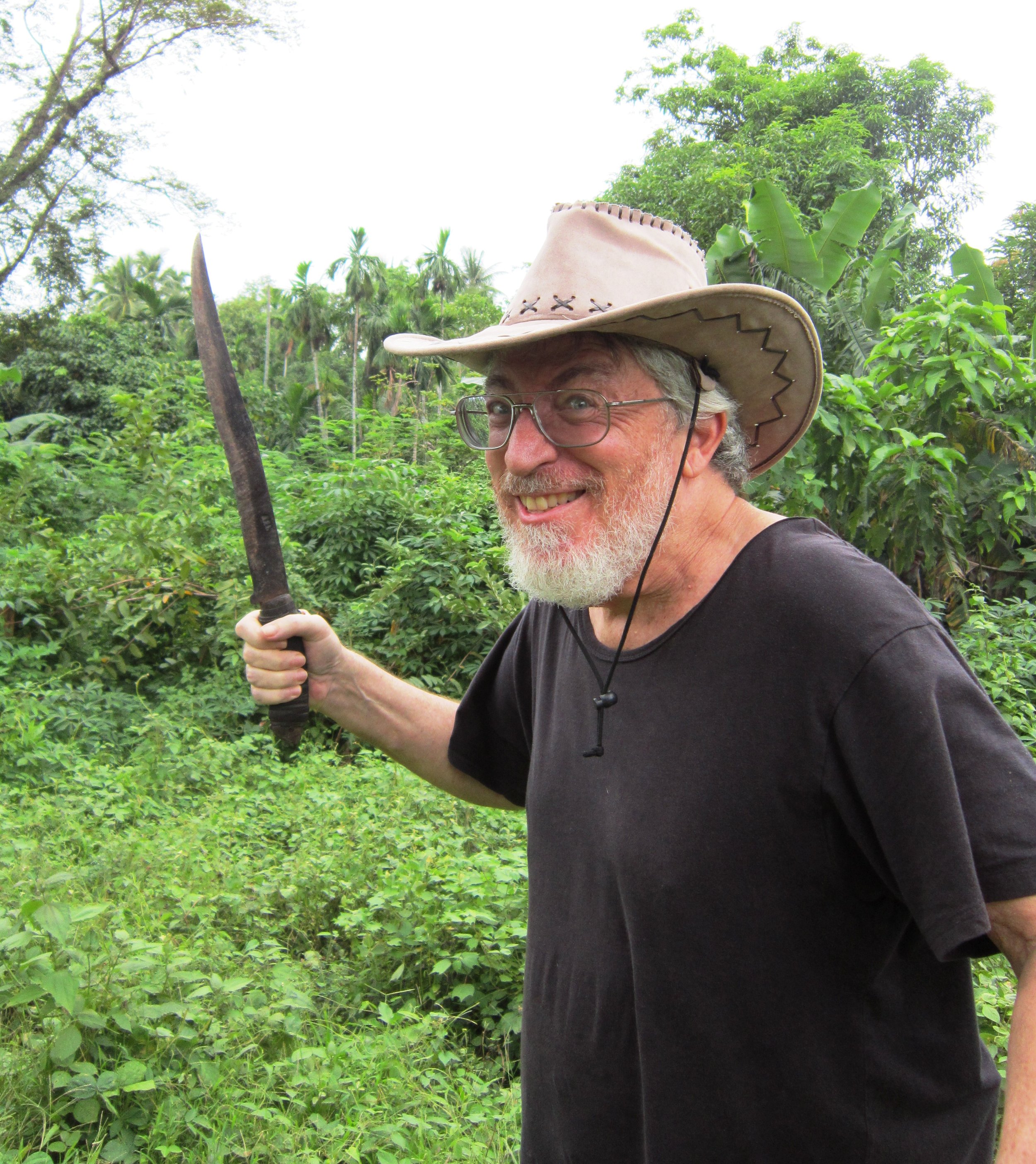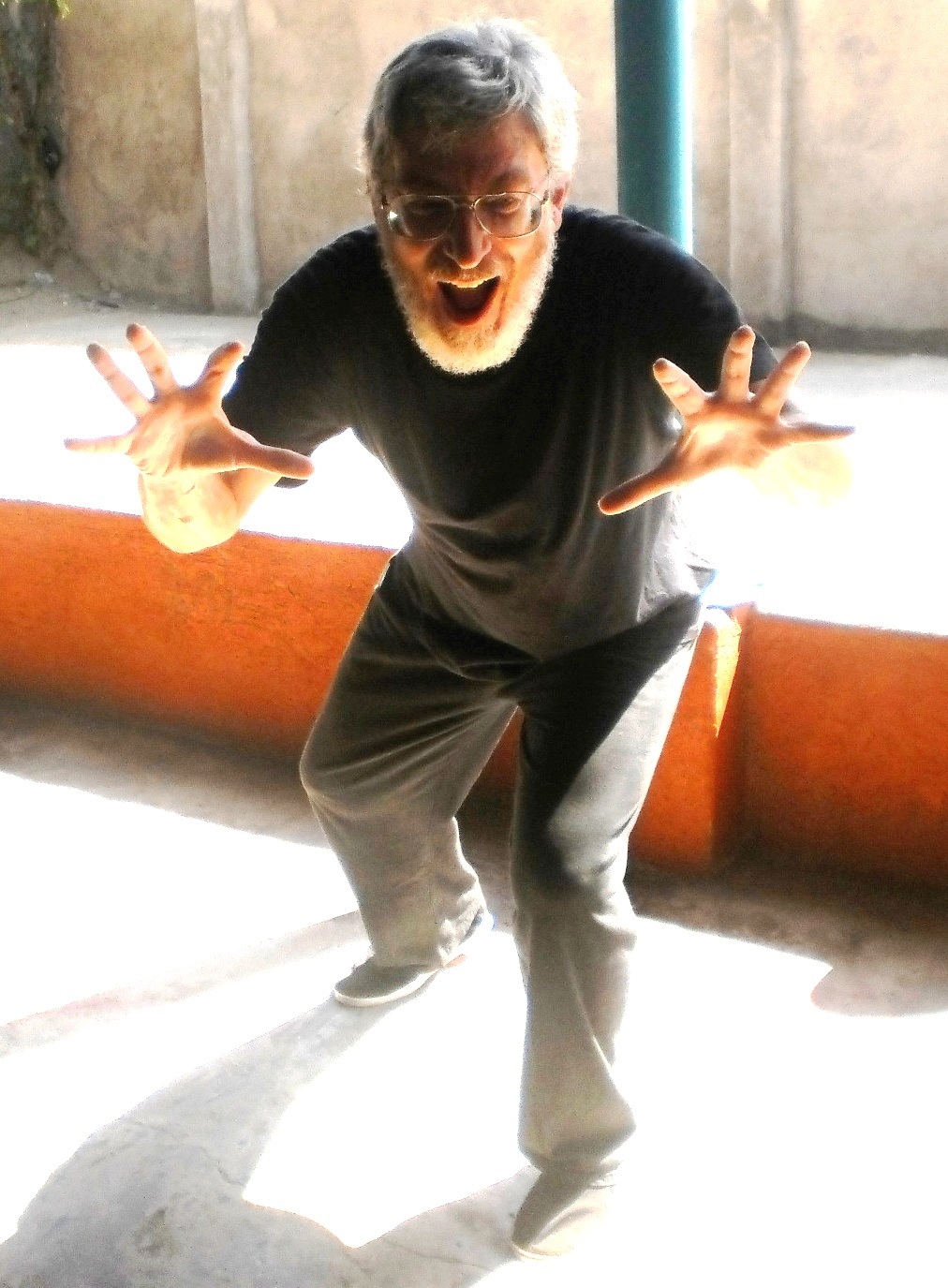Shock and Surprise in the Philippines
by B.J. Stolbov
Recently, I fell down in a public place in the Philippines. Instantly, almost before I landed on the cement floor, I heard cries of surprise and shock! Soon, a large crowd of people encircled me, lingering above me with so many grave looks of concern that I wasn’t sure if I had died. I told them that I was OK, that there was nothing to worry about, and that I’d be up and about in a minute or two. Actually, all these people hovering over me made me feel more scared and uncomfortable than my bad knee, which had given way.
I am unaccustomed to so many people, usually, nearly everyone, showing surprise and concern as they do in the Philippines. If an airplane bounces during turbulence, there are simultaneous gasps from everyone on board. If a boat is lifted by a large wave, the voices on the boat go up with the boat, and then down with the boat. If a bus hits a hump or a hole, everyone in the bus cries out in surprise. If a van driver nearly hits another vehicle or so much as taps a bumper, it is a reason for everyone’s concern. If a person, especially the very young or the very old falls down, almost everyone will be anxious to offer some help. Perhaps it is because most Filipinos are not in a hurry to be somewhere else when they feel they are needed where they are.
As an American, I have become accustomed to not showing much emotion in public. Showing emotions in public has become somehow a sign of lack of control or immaturity. A mature person, so it seems, must always be calm and in control. Don’t show too much. Don’t look vulnerable, especially to strangers.
One of the most interesting and informative things about any foreign culture is observing which emotions the people can express publicly and which emotions they do not publicly express.
As a person with poor foreign language skills, I often find myself traveling “deaf.” I need to see more than I hear. I become very aware of people’s body language, faces, and eyes, which often “say” more than their words say. I also have to become aware of what is culturally acceptable to “say” and what is not.
In the Philippines, as in most Asian cultures, anger is not an emotion that is often publicly expressed, not only because it is unseemly to seem to be out of balance and to create disharmony, but also because to show anger to someone in public is to shame and embarrass that person. To shame and embarrass someone in public is culturally unacceptable.
It is even unacceptable for people to express anger in private to someone other than a close relative. I have never seen it. I have seen irritation and impatience. I have seen annoyance and frustration. I have never seen a confrontation. And I know there is more behind those “inscrutable” smiles than they would ever say.
In the U.S., expressing anger and rage is much more culturally acceptable. Perhaps it is because we see it so often, on television, in movies, in our families, in our homes, at work, in stores. If you don’t believe that anger and rage have become acceptable or, at least, commonly expressed emotions, try going to a store on the first shopping day of Christmas. Rudeness and bad manners abound. I know because I have often been a sales clerk during those Christmas shopping days and I have seen more rudeness and bad manners than I care to remember.
In the Philippines, rudeness and bad manners are unacceptable. Filipinos pride themselves on their gentleness and courtesy, although sometimes that means some things do not get done in hurry. Here, even innocent public displays of affection, such as handholding and kissing are discouraged and restrained. Courtship can take months or years.
Many Filipinos considered me a loco (crazy) foreigner because I like going out in bad weather. To me, there is no bad weather, only dramatic and a little less so. Going out in a lightning and thunderstorm or a typhoon and shaking my fist to the sky and getting drenched is one of my favorite experiences. Even in a light rain, my worried and frightened friends and neighbors urge me to get inside as quickly as possible, which is surprising to me considering how often it rains here.
And when an earthquake strikes in the Philippines, everyone seems startled and shocked. A 4.0 magnitude earthquake is responded to with great surprise and anxiety. Having lived many years in San Francisco, a 4.0 is described there as “a truck going by.” Sophisticated, experienced earthquake Californians are supposed to act casual and nonchalant. “4.0? Nothing. 1989, now that was an earthquake. It threw me to the floor!” Here, a 4.0 earthquake, which did no damage, will be discussed for days in awe.
Filipinos are often unconcerned about looking overwrought or foolish in public, and I have rarely seen any disapproving looks from other Filipinos over their outward expression of shock and surprise. I often see other Filipinos joining in sympathy, compassion, and fun. Here, as long as it is expressed with gentleness and courtesy, it is OK to not be OK!
In my life and in my travels, I have seen so many people who are not shocked and surprised by the things that happen in life. Maybe more of us should be.
Before B.J. joined the U.S. Peace Corps in 2010, he was living a quiet, hermit-like existence in a small apartment in Northern California. Now, he is married to a wonderful woman, an “uncle” to eight children, a “father” to six dogs, and a “herder” to countless free-range chickens, turkeys, and ducks. He lives on his 5-acre organic farm, where he grows fruit and nut trees, coconuts, pineapples, papayas, bananas, and a great variety of native vegetables and herbs in the mountains of Northern Philippines. Life is full of surprises.












